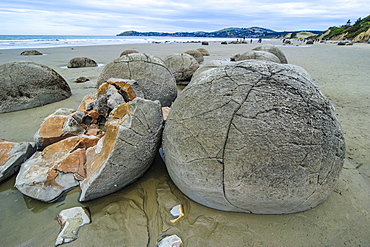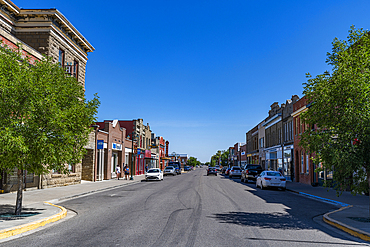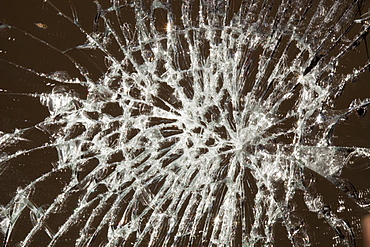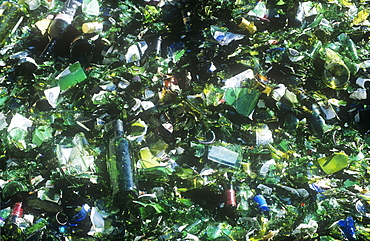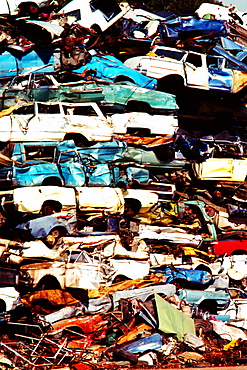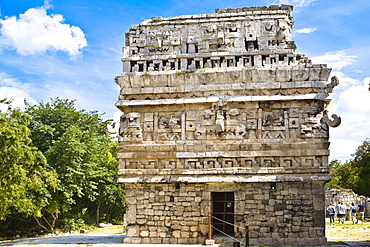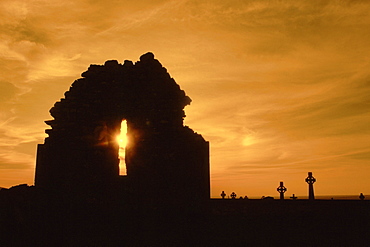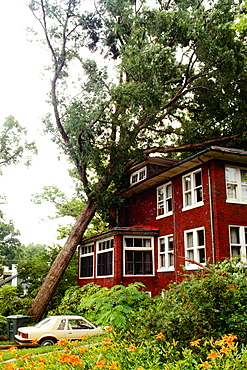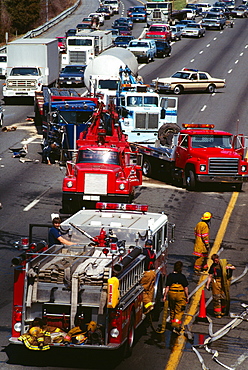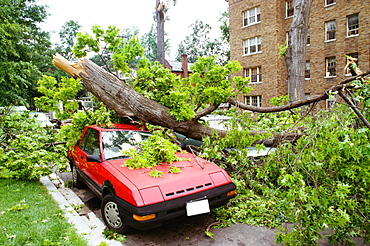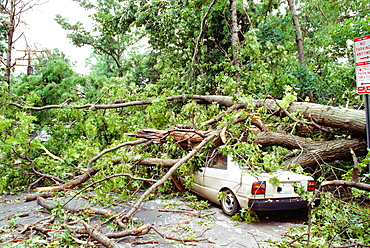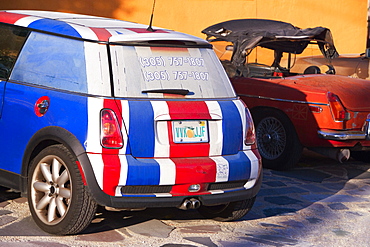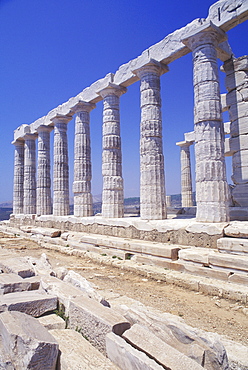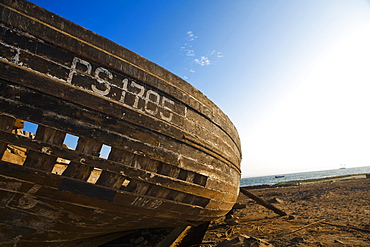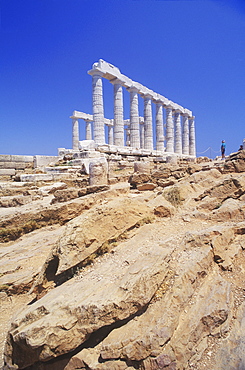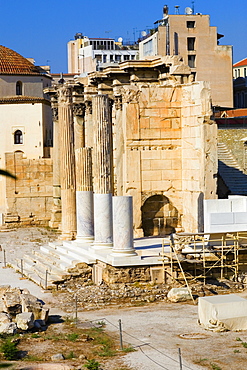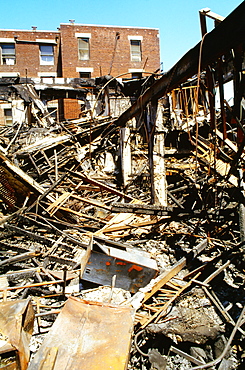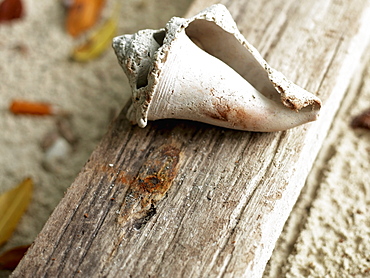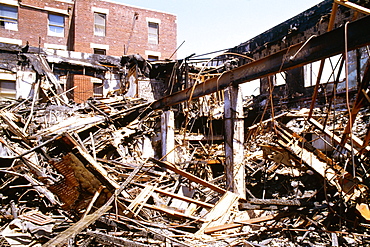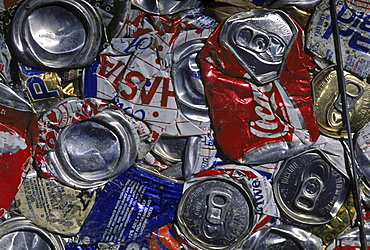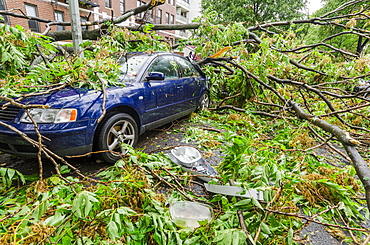Results
15 results found

Split Apple Rock in Tasman Bay, Abel Tasman National Park, Nelson region, South Island, New Zealand, Pacific
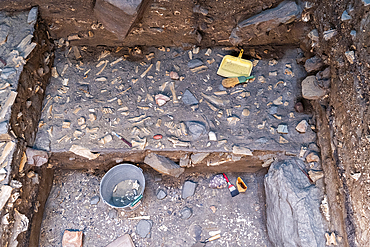
Buffalo bones in the Museum of the UNESCO Site of Head Smashed in Buffalo Jump, Alberta, Canada, North America
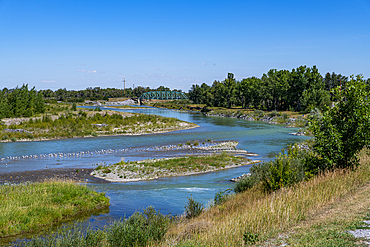
Old Man River, Fort Macleod, near the UNESCO Site of Head Smashed in Buffalo Jump, Alberta, Canada, North America
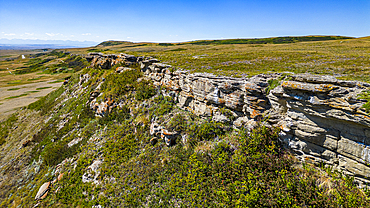
Aerial of the Head Smashed in Buffalo Jump, UNESCO World Heritage Site, Alberta, Canada, North America
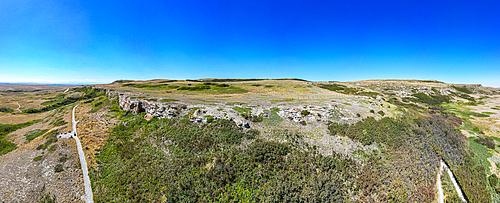
Aerial of the Head Smashed in Buffalo Jump, UNESCO World Heritage Site, Alberta, Canada, North America
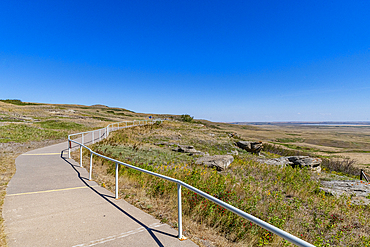
Cliff of the Head Smashed in Buffalo Jump, UNESCO World Heritage Site Alberta, Canada, North America
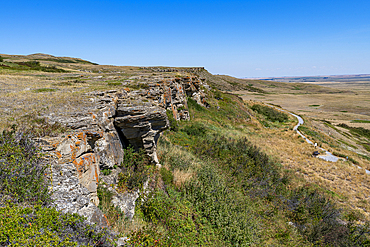
Cliff of the Head Smashed in Buffalo Jump, UNESCO World Heritage Site, Alberta, Canada, North America
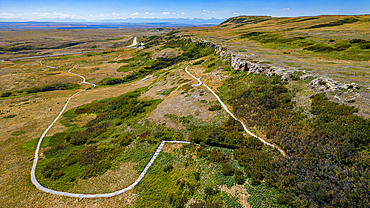
Aerial of the Head Smashed in Buffalo Jump, UNESCO World Heritage Site, Alberta, Canada, North America
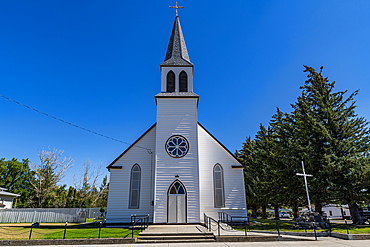
Old church in Fort Macleod near the UNESCO site of Head Smashed in Buffalo Jump, Alberta, Canada, North America
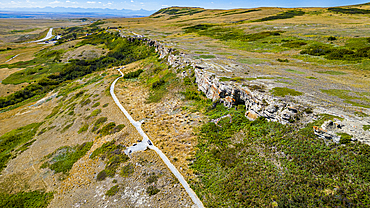
Aerial of the Head Smashed in Buffalo Jump, UNESCO World Heritage Site, Alberta, Canada, North America

Buffalo skulls and bones in the Museum of the UNESCO Site of Head Smashed in Buffalo Jump, Alberta, Canada, North America
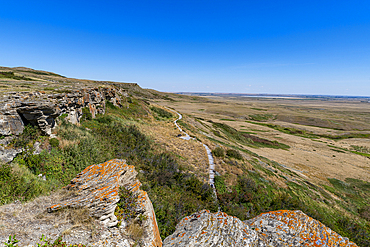
Cliff of the Head Smashed in Buffalo Jump, UNESCO World Heritage Site, Alberta, Canada, North America

Traffic police investigate car accident between two BMW cars in Place de la Concorde, Central Paris, France
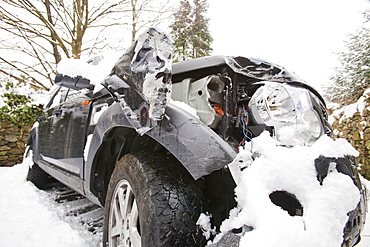
A Land Rover Discovery that slid into a wall in the snow on Kirkstone Pass above Ambleside in the Lake District, Cumbria, England, United Kingdom, Europe
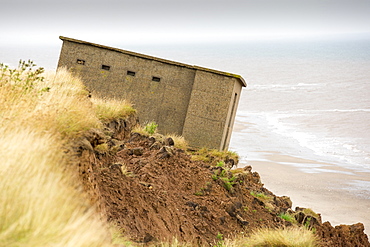
A Second world War lookout post leaning alarmingly and about to tumble over the edge of the cliff near Aldbrough on Yorkshires East Coast, UK. The coast is composed of soft boulder clays, very vulnerable to coastal erosion. This section of coast has been eroding since Roman times, with many villages having disappeared into the sea, and is the fastest eroding coast in Europe. Climate change is speeding up the erosion, with sea level rise, increased stormy weather and increased heavy rainfall events, all playing their part.
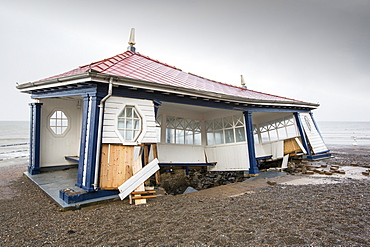
After a week of high tides, storm surges and storm force winds, the sea front promenade of Aberystwyth in Wales has been devastated, with millions of £'s of damage. The crsahing waves punched a large hole in the sea wall and has collapsed Aberystwyth's iconic, Victorian promenade shelter, which has stood for over 100 years. This picture was taken on Wednesday 8th January, 2014, the day the council started to try and clear the thousands of tonnes of beach rubble off the sea front road.
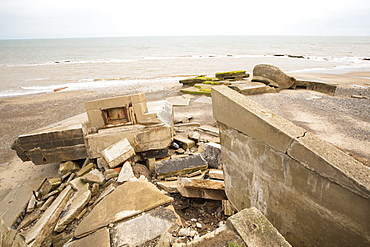
The Remains of the Godwin battery on the beach at Kilnsea at the head of Spurn point on Yorkshires East Coast, UK. Initially constructed during the First World War, the Godwin Battery was added to during the Second World War. It comprised of gun emplacements, search light, barracks, officers’ mess, and a hospital. This section of coastline is the fastest eroding coastline in Europe. The soft boulder clay cliffs are easily eroded and have been eroding since Roman Times, but recently the climate change impacts of increased stormy weather, increased heavy rainfall events and sea level rise have accelerated the rate of erosion. The average rate of attrition is 1.5metres per year, last year it was 5 metres.
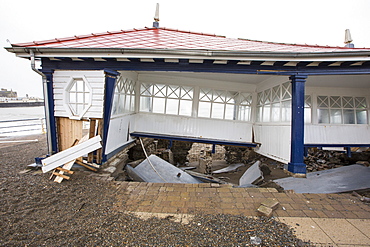
After a week of high tides, storm surges and storm force winds, the sea front promenade of Aberystwyth in Wales has been devastated, with millions of £'s of damage. The crsahing waves punched a large hole in the sea wall and has collapsed Aberystwyth's iconic, Victorian promenade shelter, which has stood for over 100 years. This picture was taken on Wednesday 8th January, 2014, the day the council started to try and clear the thousands of tonnes of beach rubble off the sea front road.
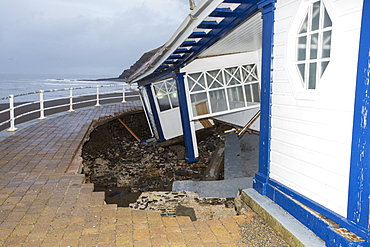
After a week of high tides, storm surges and storm force winds, the sea front promenade of Aberystwyth in Wales has been devastated, with millions of £'s of damage. The crsahing waves punched a large hole in the sea wall and has collapsed Aberystwyth's iconic, Victorian promenade shelter, which has stood for over 100 years. This picture was taken on Wednesday 8th January, 2014, the day the council started to try and clear the thousands of tonnes of beach rubble off the sea front road.
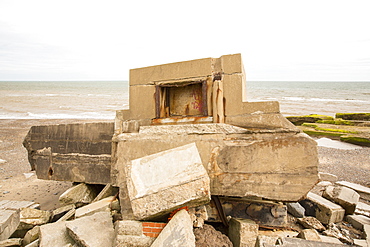
The Remains of the Godwin battery on the beach at Kilnsea at the head of Spurn point on Yorkshires East Coast, UK. Initially constructed during the First World War, the Godwin Battery was added to during the Second World War. It comprised of gun emplacements, search light, barracks, officers’ mess, and a hospital. This section of coastline is the fastest eroding coastline in Europe. The soft boulder clay cliffs are easily eroded and have been eroding since Roman Times, but recently the climate change impacts of increased stormy weather, increased heavy rainfall events and sea level rise have accelerated the rate of erosion. The average rate of attrition is 1.5metres per year, last year it was 5 metres.
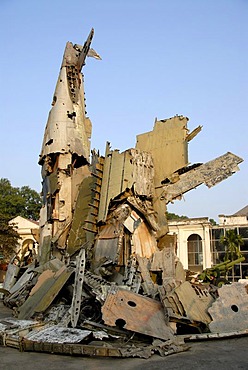
Smashed American combat aircraft as a memorial to the Vietnam War, Vietnam Military History Museum, Hanoi, Vietnam, Asia
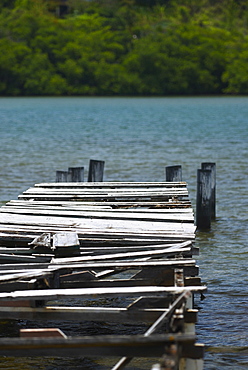
Damaged pier in the sea, Providencia y Santa Catalina, San Andres y Providencia Department, Colombia
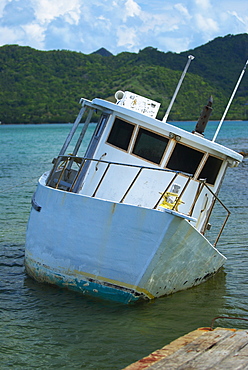
Boat sinking in the sea, Providencia y Santa Catalina, San Andres y Providencia Department, Colombia
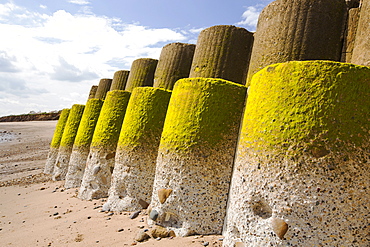
Smashed concrete sea defenses at Ulrome near Skipsea on Yorkshires East Coast, UK. The sea has eroded past the barriers and left them stranded further down the beach. The coast is composed of soft boulder clays, very vulnerable to coastal erosion. This section of coast has been eroding since Roman times, with many villages having disappeared into the sea, and is the fastest eroding coast in Europe. Climate change is speeding up the erosion, with sea level rise, increased stormy weather and increased heavy rainfall events, all playing their part.
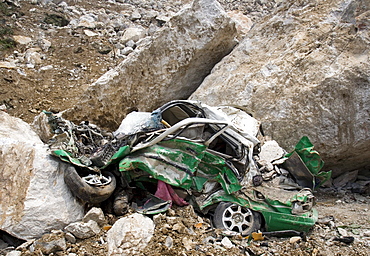
A small vehicle is smashed beyond recognition after being hit by large bounders in Beichuan Town, which was severely damaged by a powerful 7.9 earthquake. The Chinese government raised the death toll to 21,500 but has said fatalities could rise above 50,000. Tens of thousands could still be buried in collapsed buildings in Sichuan province, where the quake was centered.
